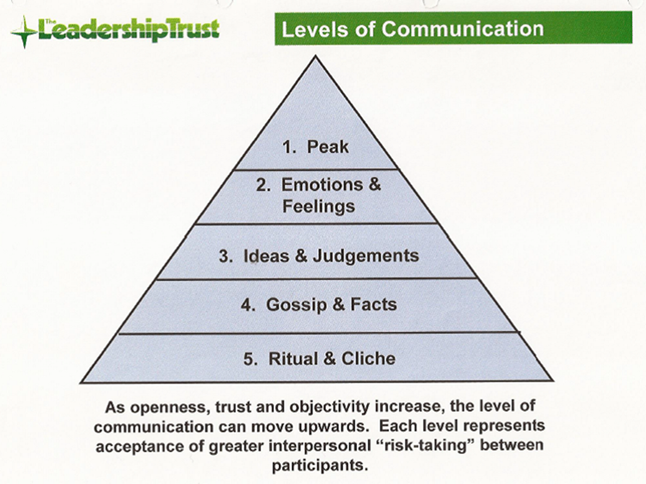Group Size
?
1.) Small group (teams of 4-6)
2.) Individual Task
3.) Large Group
4.) Any
Any
Learning Environment
?
1.) Lecture Theatre
2.) Presentation Space
3.) Carousel Tables (small working group)
4.) Any
5.) Outside
6.) Special
Any
QAA Enterprise Theme(s)
?
1.) Creativity and Innovation
2.) Opportunity recognition, creation and evaluation
3.) Decision making supported by critical analysis and judgement
4.) Implementation of ideas through leadership and management
5.) Reflection and Action
6.) Interpersonal Skills
7.) Communication and Strategy
6Interpersonal Skills
7Communication and Strategy
I guess every class begins with an ice breaker. The cohort comes in anxious and uncertain and we typically want them to work collaboratively and in groups or teams. But how do we get the group into a learning zone and build the trust levels to ensure meaningful communication?
There will be as many ice breaking activities as there are tutors . . . so why am I adding this one?
I have used this with a variety of cohorts and built it into a wider activity – that of encouraging meaningful communication and learning. I link the simple game to a theory of communication and use the session to press home the key principles of communication.
Having demonstrated how we communicate instinctively, it is then easier to get the group to appreciate that how they communicate and how the level of their communication will determine how their collaborative work will benefit from a greater understanding of the level of communication within the group.
Hand out the “Human Bingo” sheet and invite the group to mingle and explore the group’s hidden talents.
Encourage rapid completion and reward lines, diagonals etc. with sweets (these always motivate – and Poundland do a brilliant range – though other retailers are also available!)
When you have had as much fun as you can cope with – invite the group to share what they have learnt about each other. While this wasn’t an initial objective – find out how much people listened to each other and who remembers interesting anecdotes. Listening and remembering is a key skill in communication!
Having been amazed by the brilliance of the group I typically move on to discuss the theory of communication and share the diagram from the “Leadership Trust”.

This simple model of communication is easily reinforced by examples and the group can be invited to share their experiences of the levels of communication.
The aim is to invite the group to identify how their emotions and the level of communication are linked. Can they recall examples of successful collaborative activities and identify the communication level the group were operating at to achieve the successful outcome?
If time permits, you can then move on to explore the level of a team’s development and how simple self-diagnostics can be used to establish the stages and what is required to move the group/team on (if that is what the team/group desire).
I started using this when teaching a Level 5 module that required the students to work on a difficult open ended problem. The task required high levels of trust and collaboration. It amazed me to see teams of “friends” who lived together and “drank” together – yet their level of communication was no greater than “ritual and cliché”. I decided that from then on I would begin every team building and programme requiring team work, with a session on communication.
I now use this with all the groups I work with – from under graduates to post graduates and experienced academics.
Understanding how we communicate and to have a language to describe it helps teams appreciate where they are and how to develop.
At the end of the session the participants will be able to;